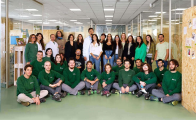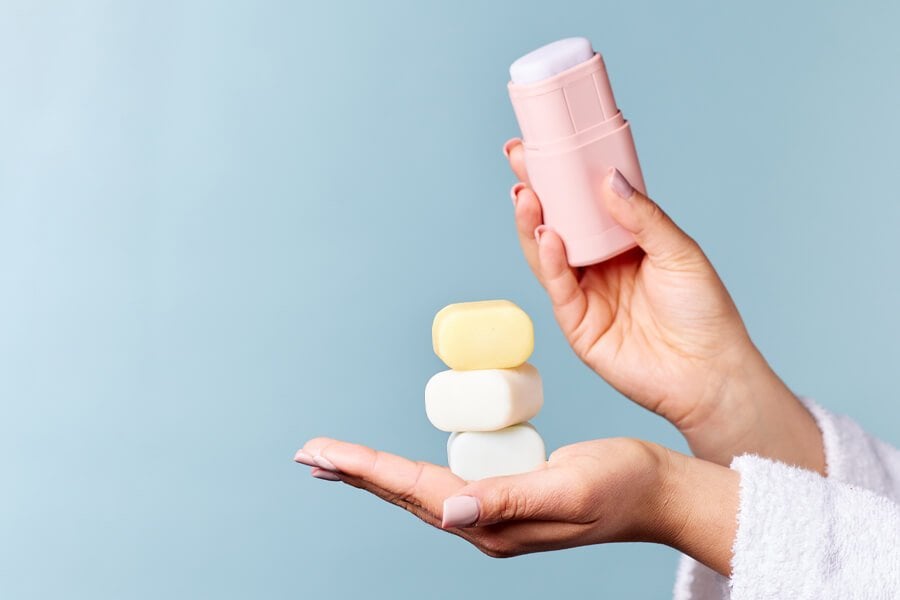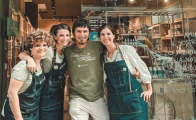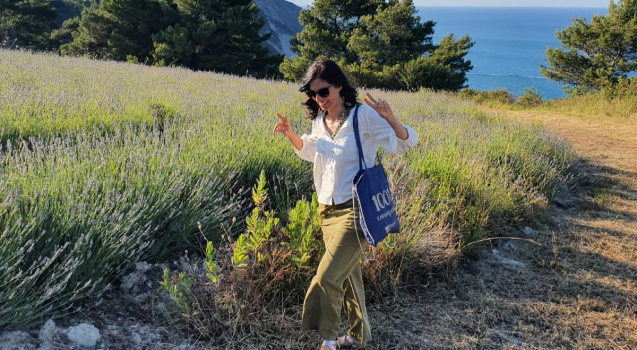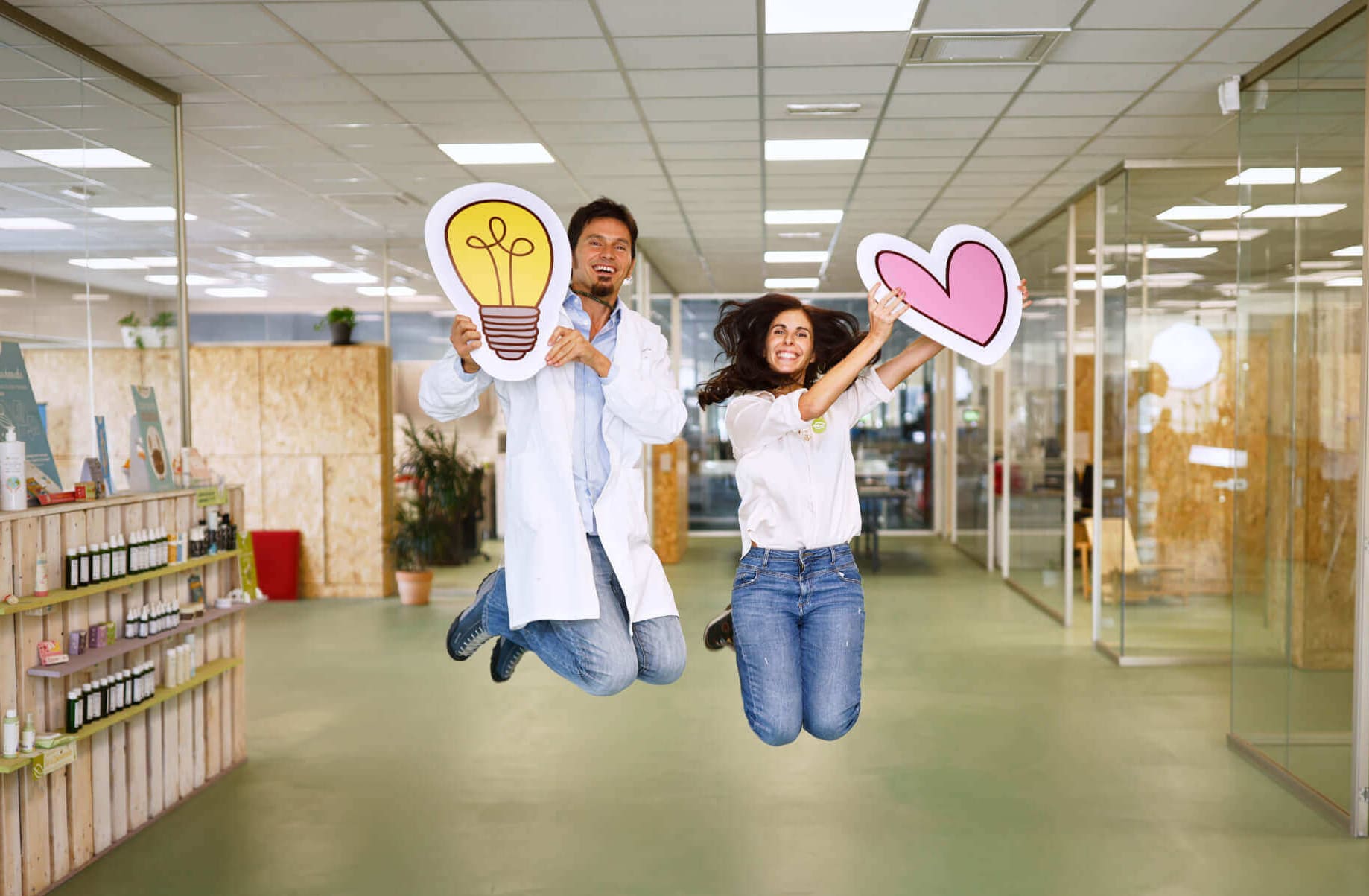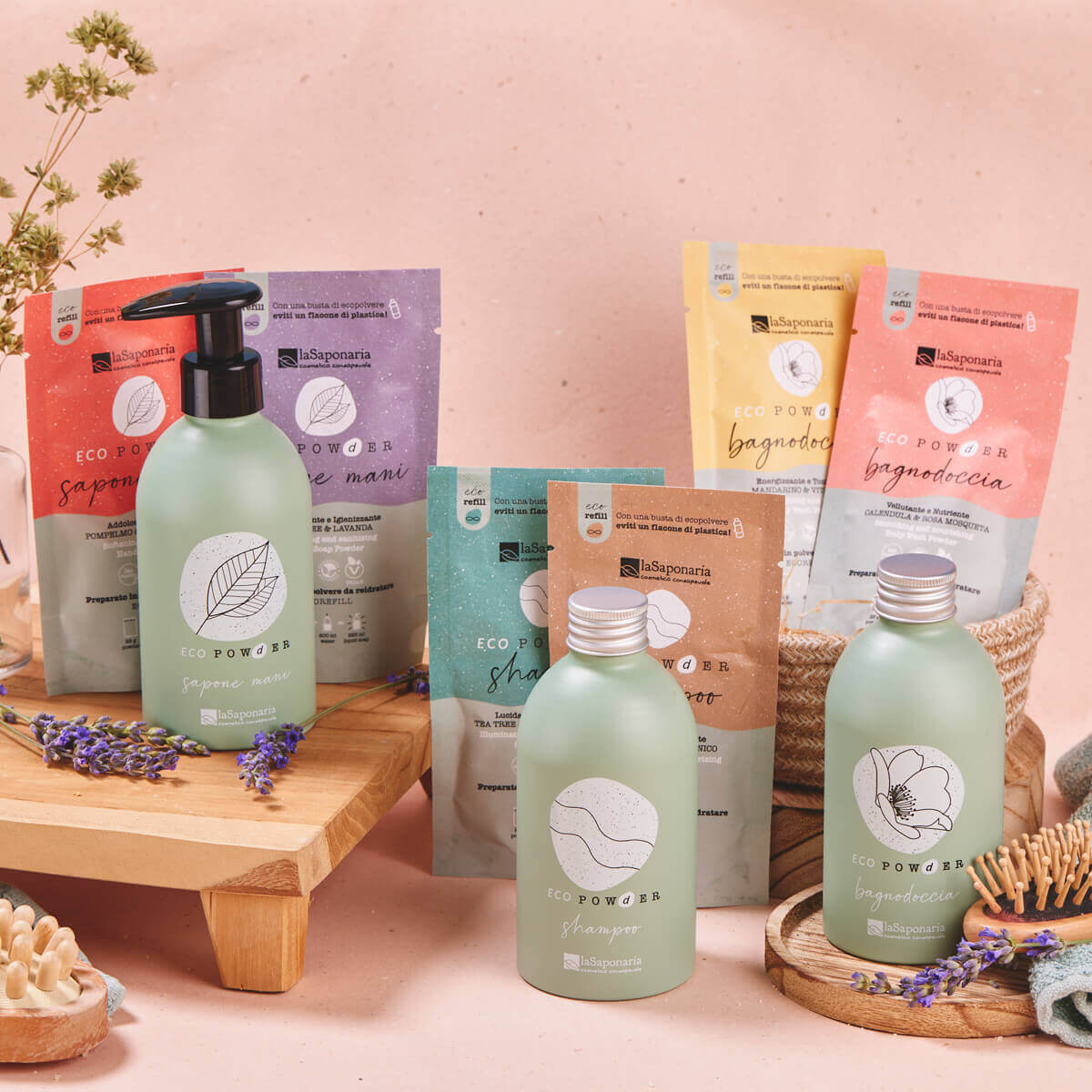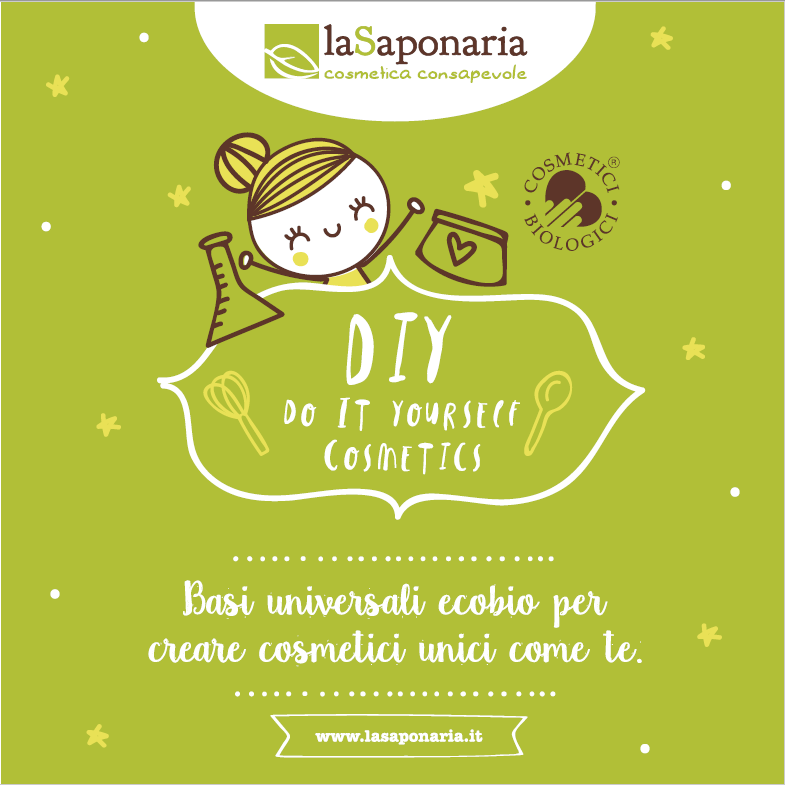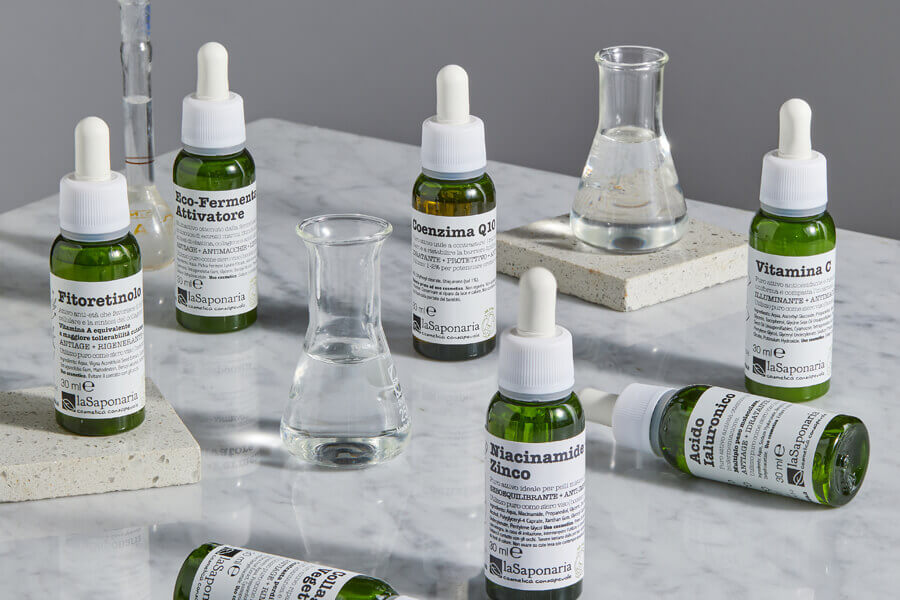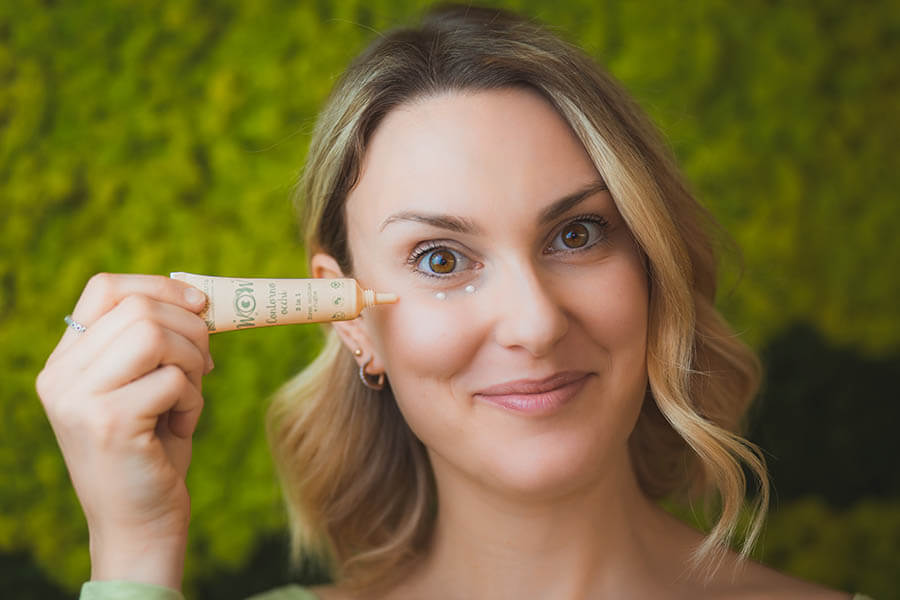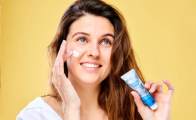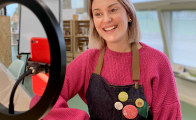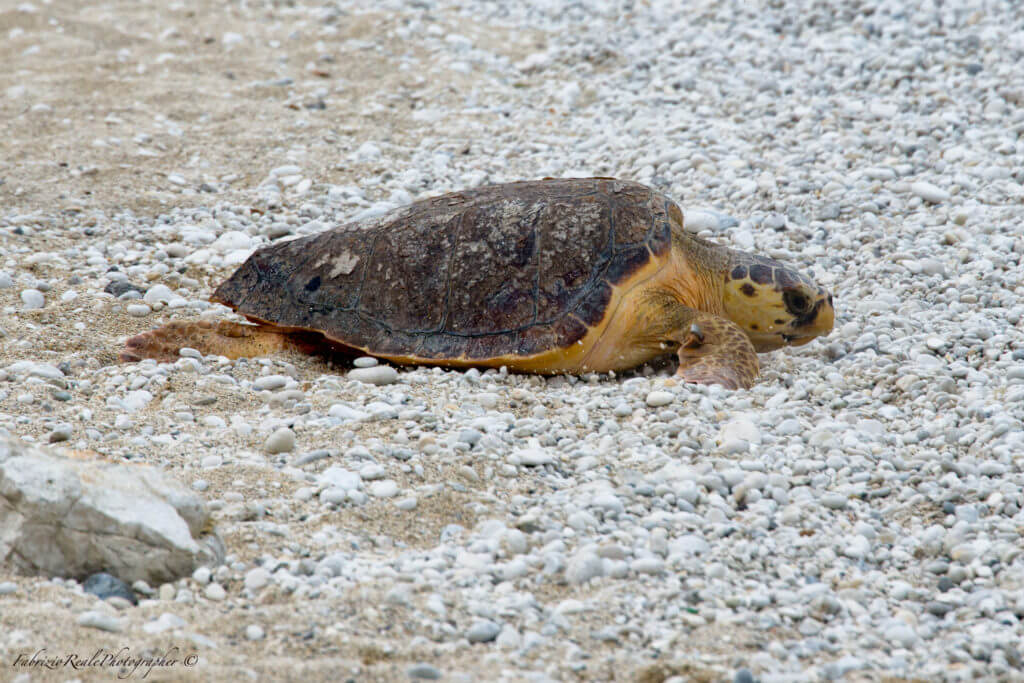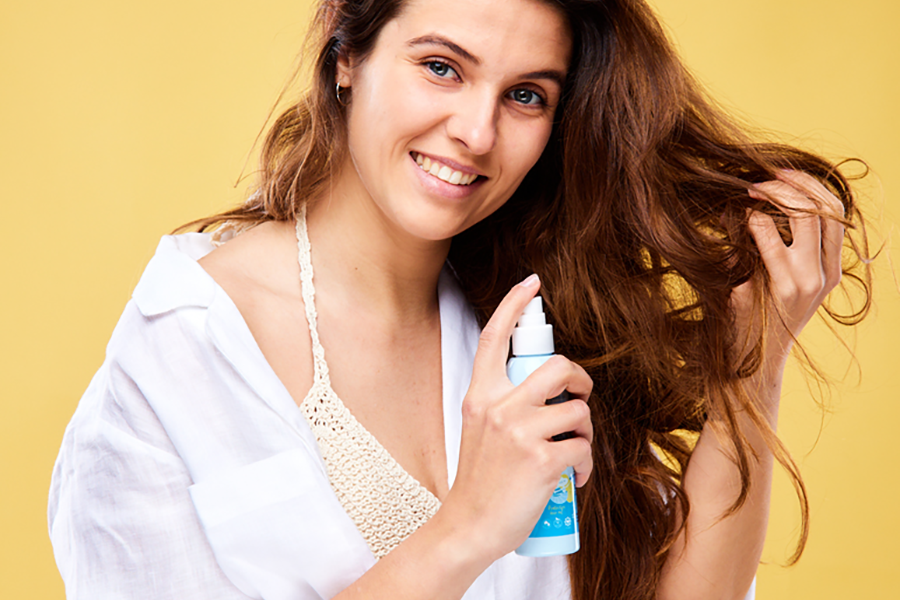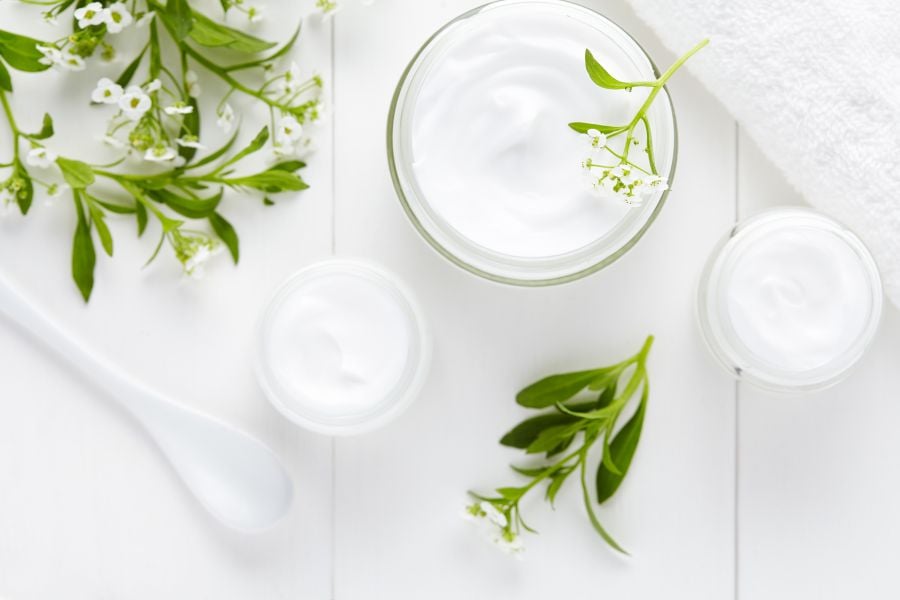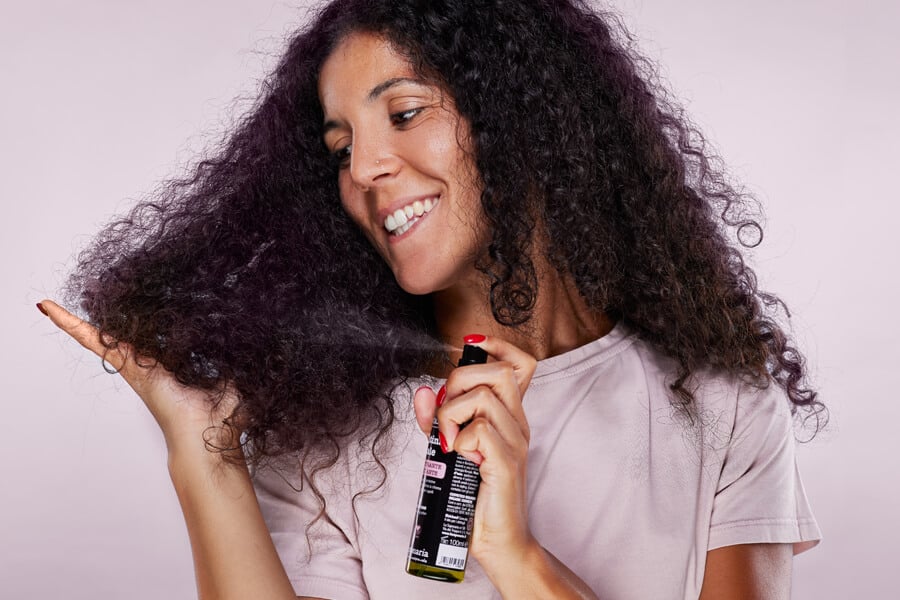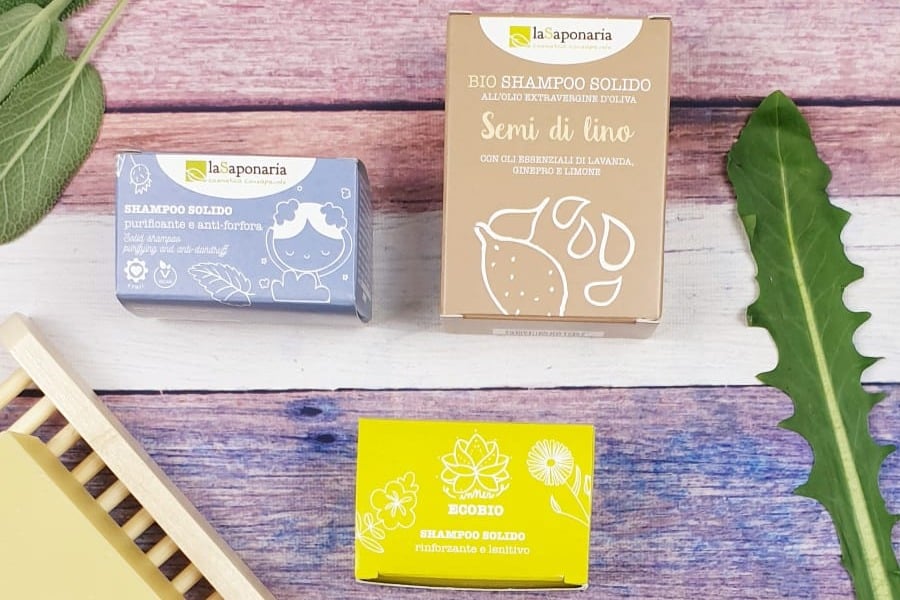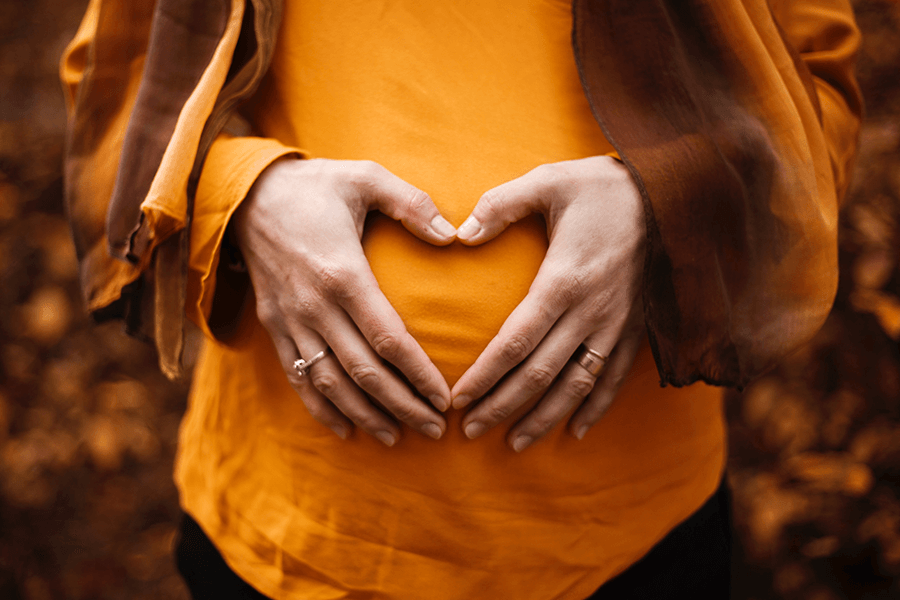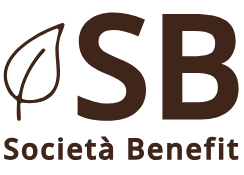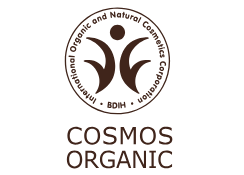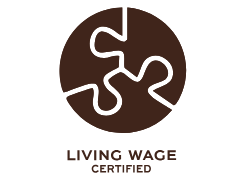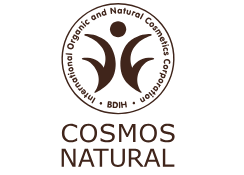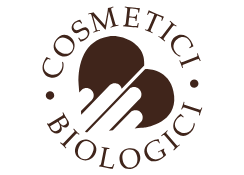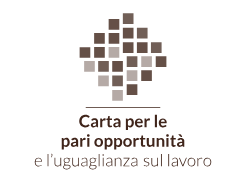The insights of La Saponaria
La Saponaria for Fondazione Cetacea: together for the turtles of the Adriatic Sea
We truly love our sea and its inhabitants, and we wanted to take things a step further! La Saponaria has made a donation to Fondazione Cetacea, a non-profit organization based in Riccione that has been dedicated to protecting cetaceans and sea turtles in the northern Adriatic for over 30 years. We've adopted two turtles! Here's how it's going so far.
We named one of them Mirtilla: she’s a sea turtle that was rescued off the coast of Cesenatico after being trapped in a fishing net. She’s now safe at the Fondazione Cetacea rescue center, where she’s receiving all the care she needs to get strong again and return to swimming free in her sea.
The other turtle will be arriving soon—rescues happen frequently! We'll follow her journey together and choose her name with the help of our community. Follow us on social media to stay updated on this project, see how things are going, and help us pick the most beautiful name in the world for our next little turtle!
La Saponaria: our love for the sea
The first time we started developing our sunscreens, we were faced with a big question: is it possible to create a cosmetic product with the least possible environmental impact? When we apply sunscreen and then go for a swim in the sea, the product on our skin dissolves directly into the water—without any kind of filter. After extensive research and study, we finally managed to create what we consider our ideal sunscreens: the ‘Osolebio’ line was born out of the need to fully protect our skin while being as eco-compatible as possible with the marine environment.
That’s why we chose to formulate sunscreens using 100% physical, NON-NANO filters, certified organic and with an easy-to-apply texture. We wanted products that would be safe and practical for the whole family to use, while also showing love and respect for our planet and our sea. Sunscreens can be formulated using either physical or chemical filters (you can read more about the differences in our in-depth article). Without going into the details of how they work on the skin, we can say with absolute certainty that many of the chemical filters commonly used in sunscreens have a significant impact on the sea and marine ecosystems. So much so that places like Hawaii and Palau have drawn up a list of banned ingredients—there, sunscreens containing certain chemical filters are prohibited because they cause coral bleaching and reef death.
The physical filters we use are not only respectful of the sea and its delicate ecosystem, but they also support an ethical project focused on the protection and regeneration of Mozambique’s coral reef. From the very beginning, we wanted the impact of the ‘Osolebio’ line to be as positive as possible for the planet. That’s why, for example, we chose packaging made from re-bottle recycled plastic, which comes from single-use plastic bottles, and we created our Sea-Friendly Shower Gel and Shampoo using ultra-light, biodegradable surfactants, so it can even be used on boats or while camping.
This year, we decided to take another step forward: we made a donation to Fondazione Cetacea, a Riccione-based organization that has been working for over 30 years to protect cetaceans and sea turtles in the northern Adriatic. Let’s get to know them better.
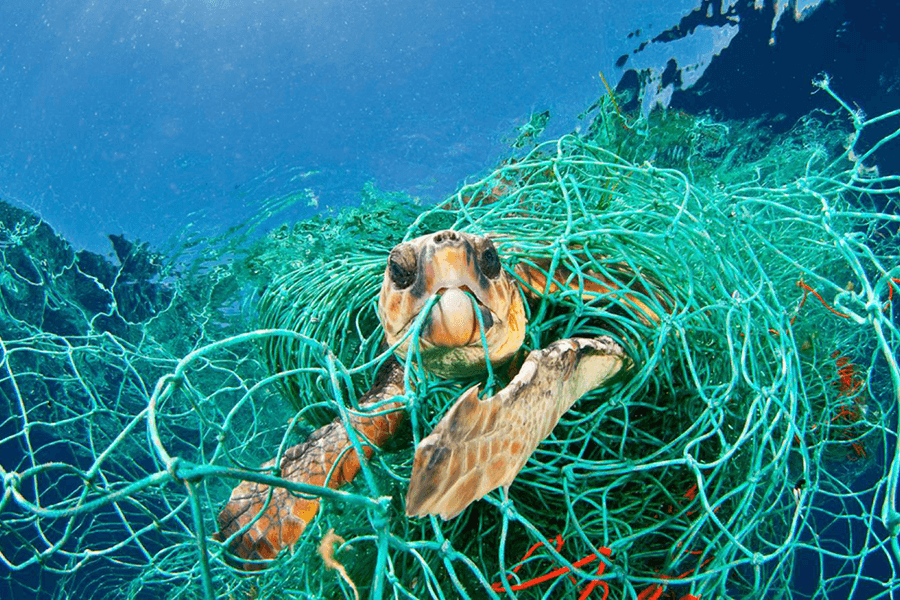
Fondazione Cetacea of Riccione: over 30 years standing by the turtles’ Side
Protecting the sea means taking care of the life that inhabits it. This is the daily mission of Fondazione Cetacea, a non-profit organization founded in 1988 in Riccione to safeguard the marine ecosystem, with a special focus on the Adriatic Sea. Through outreach, education, and conservation activities, the Foundation has become a key point of reference for the protection of marine biodiversity.
Fondazione Cetacea is on the front lines when it comes to rescuing marine animals in distress, particularly sea turtles and cetaceans. Its Marine Turtle Recovery Center, one of the most important and active in the Adriatic, receives over 60 sea turtles every year from the waters of Emilia-Romagna and the Marche. Here, biologists, veterinarians, naturalists, and volunteers care for the animals with dedication and expertise.
Many of the turtles arriving at the center are victims of accidental capture in trawl nets—facing the risk of drowning—or suffer from collisions with boats, which can cause serious neurological damage. Others are affected by hypothermia due to sudden drops in sea temperature, which can compromise their vital functions. Each turtle receives personalized treatment and, after a period of care and rehabilitation, is released back into its natural habitat, ready to swim once again in the Adriatic Sea.
Beyond rescue and rehabilitation, Fondazione Cetacea also serves as an Environmental and Sustainability Education Center, officially recognized by the Region of Emilia-Romagna. Every year, its headquarters in Riccione welcomes tens of thousands of students, families, and tourists, with the goal of spreading awareness and respect for the sea and its inhabitants. Among the core messages it promotes are the importance of individual commitment to a cleaner, healthier environment, and a clear ethical stance: Fondazione Cetacea is firmly opposed to captivity.
The Foundation upholds a fundamental principle: marine animals do not belong in captivity. Their place is in the sea, and every effort is made to ensure their return to nature as quickly and safely as possible, with minimal human interaction during their recovery process.

What we loved about Fondazione Cetacea
La Saponaria chose to partner with Fondazione Cetacea for the adoption of two sea turtles because of its deeply respectful and compassionate approach to animal care. All too often, turtles that are rescued after severe injuries—such as the loss of a flipper—are kept in captivity indefinitely and never returned to their natural environment. Fondazione Cetacea, on the other hand, has taken a different and more hopeful path by creating the "Caletta delle Tartarughe" (Turtle Cove), first in Numana and later in Baia Flaminia in Pesaro.
This innovative space plays a key role in the rehabilitation of turtles, especially those with motor or neurological issues.
One turtle at a time is placed in this controlled marine area—a fenced zone in the sea—where it is carefully monitored by the Foundation's staff and volunteers. The goal is to observe the turtle's behavior in a natural setting and assess its ability to adapt and become self-sufficient. Once a turtle shows it can fend for itself, the rehabilitation period ends with a joyful release back into the open sea.
This method has proven highly effective: with the right recovery period, every turtle has shown the ability to rediscover its strength and freedom, ready to return to life in its natural habitat.
Fondazione Cetacea has become a benchmark organization for the Emilia-Romagna and Marche regions, and it runs one of the most important and active turtle rescue centers in all of Italy. To date, over 1,000 sea turtles have been treated and released back into the sea, with that number growing significantly in recent years.

La Saponaria’s turtles: Mirtilla has already arrived!
La Saponaria made a donation to adopt two sea turtles—and Mirtilla is already here! You can watch the video of her rescue and the first care she received at the Foundation
She was found trapped in fishing nets off the coast of Cesenatico and was immediately taken in by the team at Fondazione Cetacea.
We’ll be following every step of Mirtilla’s rehabilitation—all the way up to her release back into the sea.
Our second turtle hasn’t arrived yet, but we know it won’t be long, as unfortunately, rescues are all too frequent. Together with our team and our amazing community on social media, we’ll choose the name and follow her entire journey—from the moment she’s rescued to the day she swims free again!
In the meantime, we’ll continue to take care of our sea and do everything we can to protect it.
Stay tuned and be part of the journey with us!
The problems facing our seas – and how we can protect them
Here at La Saponaria, we’ve spent a lot of time reflecting on one key question:
What are the biggest threats to our seas, and how can we help protect them?
We believe there are three main issues where we can all make a difference:
1) Pollution from chemical substances : this includes a wide range of products, especially cosmetics—from face creams and rinse-off products to sunscreens, which can be particularly harmful as they often enter marine environments directly without any filtration.
Many ingredients used in non-organic cosmetics have a negative impact on the sea.
Take parabens and silicones, for example—they’re non-biodegradable and tend to accumulate in sediments or marine organisms.
We know it’s not yet possible to create a truly zero-impact cosmetic, but we’ve always committed to formulating with natural, low-impact ingredients that leave a gentle footprint on the Earth and sea.
2) Waste and plastic pollution : the ocean suffers greatly from plastic pollution. That’s why, over the years, we’ve worked hard to reduce our use of virgin plastic to the bare minimum. Instead, we use recycled plastic, re-bottle plastic (from single-use bottles) and ocean plastic - recovered from the sea, recycled, and given a new life (a beautiful project we’re proud to be part of!)
We also use alternative materials like glass, recycled aluminum, and paper, whenever possible.
3) Ghost fishing gear : one of the most dangerous threats to marine ecosystems is abandoned fishing gear, especially ghost nets.
These nets—lost or deliberately discarded at sea—continue to trap fish, turtles, marine mammals, and seabirds, causing untold suffering and death. They also contribute to plastic buildup in the oceans, upsetting delicate ecological balances and endangering underwater habitats.
That’s why we’ve partnered with Sea Shepherd, an organization we’ve supported for years. We donate soaps to be used aboard their ships, which are out there every day defending oceans and wildlife. Sea Shepherd actively works to recover ghost nets—and now we’re teaming up with Fondazione Cetacea as well!
Help us name our second turtle!
Our second turtle will be arriving soon—and we need your help to choose the perfect name!
Follow us on Facebook and Instagram to vote and stay updated on her journey, as well as Mirtilla’s rehabilitation and release.
Seguici sui nostri social per aiutarci a decidere il nome perfetto per la nostra seconda tartaruga e per seguire tutta la sua storia e quella di Mirtilla! Ci trovi su Facebook e su Instagram.
You can also visit Fondazione Cetacea in person. If you do, snap a photo of our little turtles and send it to us—we’d love to see them cheered on by so many people!
Want to support the Foundation?
You can find all the details to make a donation on their website: fondazionecetacea.org

Written by Simona
She is La Saponaria’s digital writer: always juggling a newsletter to send and a blog article to publish, she lovingly takes care of our social media channels and our e-commerce.


